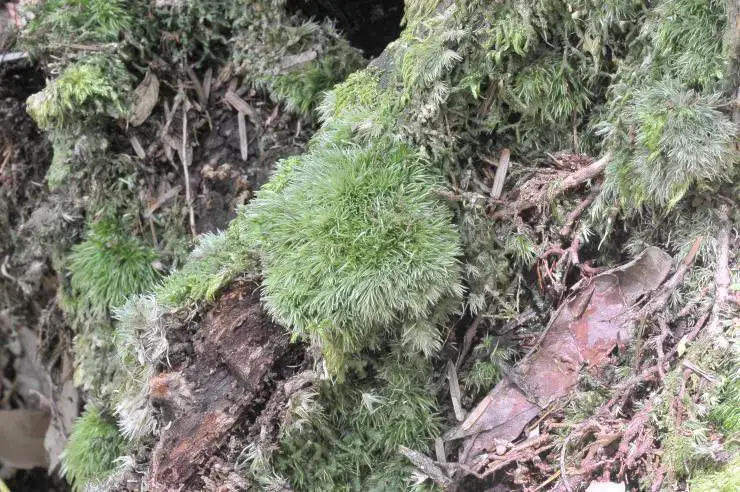
16083595bb6b5297d4932aee5f359826.jpg from: https://openmuseum.tw/muse/digi_object/2355523fe7d6b11d4b7a8ac495911fd7
Exploring the Fascinating World of Tortula glacialis Moss
Introduction
Mosses are often overlooked, but they play crucial roles in ecosystems around the world. One particularly interesting species is Tortula glacialis (Kunze ex Müll.Hal.) Mont., a moss in the Pottiaceae family. In this blog post, we’ll dive into the details of this fascinating plant, from its morphology to its ecological adaptations. Get ready to discover the hidden world of

5856d54f21c593d9017a4c708465902e.jpg from: https://openmuseum.tw/muse/digi_object/944be5363af1050246cc941b5ca41998
Tortula glacialis!
Background
Tortula glacialis is a species of moss classified in the Bryophyta division and Bryopsida class. It belongs to the Pottiaceae family, which contains over 1,400 species worldwide. The genus Tortula includes around 150 species. T. glacialis was first described by German botanist Gustav Kunze in 1827 and later reclassified by French botanist Jean Pierre François Camille Montagne in 1838.
Morphology and Identification
Tortula glacialis forms dense cushions or tufts, typically 1-3 cm tall. Its leaves are lanceolate to ovate-lanceolate, 1.5-3 mm long, with a

5845126163b0042d5084c197ec4f0b7a.jpg from: https://www.pinterest.co.kr/pin/ranunculus-glacialis–268104984041963569/
rounded to obtuse apex. The leaf margins are recurved and the costa (midrib) is excurrent, forming a short mucro. Leaf cells are quadrate to short-rectangular in the upper part and

IMG_1143_1.jpg from: https://ukrbin.com/index.php?category=51047
rectangular below.
The moss is dioicous, meaning male and female reproductive structures are on separate plants. Sporophytes (spore-producing structures) are rare, with a cylindrical capsule on a red-brown seta (stalk) 1-2 cm long. When present, the peristome (toothed structure around the capsule mouth) has

989033.jpg from: https://www.bio-forum.pl/messages/3280/989032.html
32 filamentous teeth that are spirally twisted when dry.
Global Distribution and Habitat
Tortula glacialis has a wide distribution, found in Europe, Asia, Africa, North America, South America, Australia, and Antarctica. It grows on exposed calcareous rocks and soil in arctic and alpine regions, often in areas with late-lying snow patches. The moss is well-adapted to harsh conditions, tolerating freezing temperatures, drought, and high UV radiation.
Ecological Roles and Adaptations
As a pioneer species, T. glacialis plays a vital role in primary succession on bare rock surfaces and glacial forelands. The moss helps to stabilize the soil, retain moisture, and provide a substrate for other plants to establish. Its dense cushions also offer shelter and microhabitats for various invertebrates.
Tortula glacialis has several adaptations that allow it to thrive in extreme environments:
- Poikilohydry: The ability to tolerate desiccation and quickly recover when water becomes available.
- Pigments: Dark-colored pigments in the leaves help to absorb heat and protect against UV radiation.
- Leaf anatomy: Thick cell walls and waxy cuticles help to reduce water loss.
- Freeze tolerance: The moss can survive freezing by removing water from its cells to prevent ice crystal formation.
Conclusion
Tortula glacialis may be small, but it is a true survivor in some of the world’s harshest environments. From its role as an ecosystem engineer to its remarkable adaptations, this moss is a testament to the resilience and importance of bryophytes. The next time you’re in an arctic or alpine region, take a closer look at the rocks and soil – you might just spot a patch of Tortula glacialis quietly doing its job. What other secrets do these tiny plants hold?